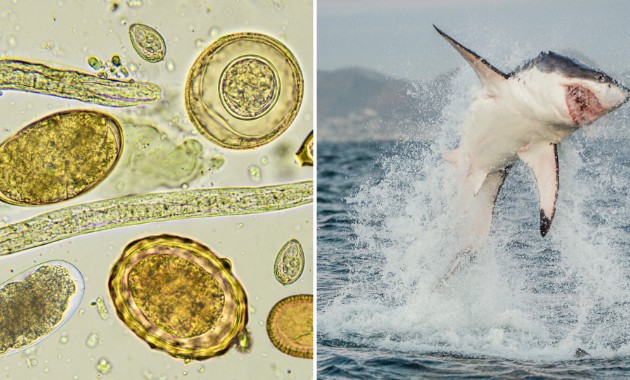Annual streamflow into the Murray-Darling Basin is likely to fall by 10 to 25% by 2050, and by 16 to 48% by 2100 according to one of Australia’s leading experts on the effects of climate change on our river systems.
“Our ongoing water security problems in southern and eastern Australia are likely to increase by 2030,” said Dr Bryson Bates, Climate Science Leader for CSIRO’s Division of Marine and Atmospheric Research.
“There are no integrated assessments of the impacts of climate change on runoff quantity and quality, biodiversity, salt interception revegetation policies, and water pricing and trading policies. Such assessments are essential if we are to adapt to climate change in an informed manner.”
Dr Bates is a keynote speaker at this week’s 5th Australian Stream Management Conference, hosted by Charles Sturt University’s Institute for Land, Water and Society in Albury, NSW.
Dr Bates, who will be speaking tomorrow morning on ‘Climate change and what it means for river management’ said the rivers and catchments of southwest Australia and to a lesser extent of SA and the southeast corner of the Murray-Darling Basin, were the ones most likely to be affected by climate change.
“The likely situation for northern Australia is unclear in terms of both the direction and the magnitude of change,” he said.
Dr Bates said little was known about likely impacts on groundwater resources.
“The current drought has demonstrated that we need to reconsider how we manage our water resources to better balance supply and demand and provide water for the environment,” he said.
“It is not too late, but we must act now rather than later. It is no longer an issue that we can put off for the next 20 to 70 years. Further climatic change is already locked-in; we will need to learn how to adapt to that and any additional change that might be incurred in the future.
“Past approaches to water planning have relied on the historical record. Given that we appear to be moving out of the historical ‘envelope’ we need to consider scenario-based approaches to planning wherein we explore the consequences of alternative and plausible futures, identify key decision points and develop contingency plans. This will involve the expenditure of more thought and effort on risk management and more dependence on seasonal forecasts provided the underpinning science can deliver an increase in predictive skill above the level that is currently available.
Key speakers on Tuesday May 22:
- Yalmambirra, CSU lecturer in Indigenous Studies and Wiradjuri elder, will officially open the conference and talk about indigenous management of rivers and waterways at 8.50am
- Assoc Prof Robyn Watts, from CSUs Institute for Land, Water and Society and co-convenor of the conference will speak on the challenges for improving the science underpinning river restoration practices at 9.45am
- Ray Evans –Salient Solutions Exploring the connection between groundwater and rivers-the new convergence at 9.25am.





Social
Explore the world of social